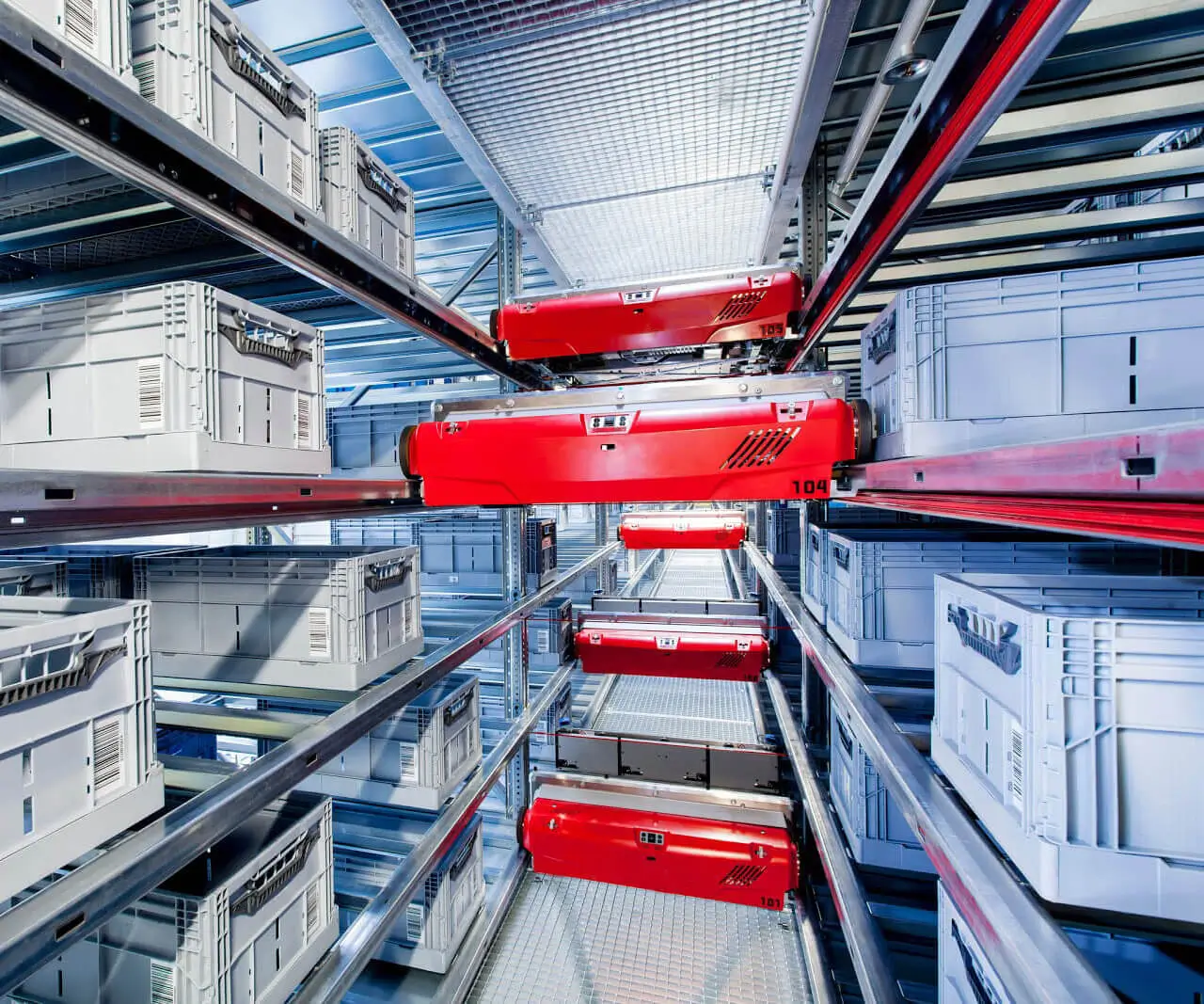In a world increasingly driven by digital innovation, the ability to access and control devices, data, and systems from afar has moved from a luxury to a necessity. Remote access and control—once considered cutting-edge or futuristic—are now fundamental pillars shaping how individuals and organizations operate in a landscape that demands agility, flexibility, and constant connectivity.

Imagine a small business owner in a cozy mountain cabin, reviewing sales data on her tablet while enjoying the tranquility of the outdoors. Or a remote IT specialist troubleshooting a server thousands of miles away without leaving her home office. These scenarios epitomize the transformative power of remote connectivity, which has revolutionized not just daily routines but entire industries.
At its core, remote access allows users to connect to computers, servers, or networks from different locations through the internet or dedicated virtual networks. Remote control takes this a step further by empowering users not only to view information but to operate and manage hardware and software systems as if physically present. This seamless interaction ignites a new level of productivity, enabling instant problem-solving, real-time collaboration, and flexible work environments.
One of the most noticeable benefits of embracing remote access and control is unparalleled flexibility. Employees are no longer tethered to a single physical workspace. They can work from a coffee shop, a co-working space, or their living rooms, fostering a culture of trust and autonomy. For businesses, this flexibility means reduced overhead costs—less need for physical infrastructure—and the ability to tap into talent pools that might have been unreachable before.
Furthermore, remote access enhances operational efficiency. With the right tools, teams can resolve technical issues, update software, and manage resources nearly instantaneously, regardless of physical location. For instance, in the realm of customer support, technicians can diagnose and fix problems remotely, dramatically reducing downtime and improving service quality. Similarly, in manufacturing or healthcare, remote monitoring systems continuously oversee critical devices, alerting professionals to issues before they escalate.
On the flip side, the rapid proliferation of remote access options brings with it noteworthy security concerns. As systems become more accessible from anywhere, they expose themselves to potential cyber threats. Unauthorized access, data breaches, and malware attacks pose real risks that cannot be ignored. This has spurred a parallel evolution of security protocols, such as multi-factor authentication, encryption, and continuous monitoring, aimed at safeguarding remote systems.
Despite these challenges, the strategic implementation of remote access and control solutions continues to expand. Cloud computing, virtual private networks (VPNs), remote desktop protocols (RDP), and specialized remote management tools are now integral components of modern IT architectures. These technologies not only facilitate secure remote access but also allow fine-tuned control over who can access what, when, and how.
The future of remote access promises something even more dynamic. As internet infrastructure improves globally, and technologies like 5G and edge computing mature, the latency and bandwidth issues currently facing remote control will diminish. Augmented reality (AR) and virtual reality (VR) could soon allow technicians to "step into" a virtual workspace, performing tasks as if physically present — but from thousands of miles away. Similarly, artificial intelligence (AI) will play a significant role in automating remote management, predictive maintenance, and cybersecurity defenses.
In essence, remote access and control are not just tools for convenience—they are catalysts for a profound shift in how we live and work. As we navigate this digital frontier, the key lies in balancing innovation with security, and agility with responsibility. The next part will delve into real-world applications across various sectors and consider the emerging trends shaping the future of remote connectivity.
Leveraging innovations in modular drive technology, Kpower integrates high-performance motors, precision reducers, and multi-protocol control systems to provide efficient and customized smart drive system solutions.




































